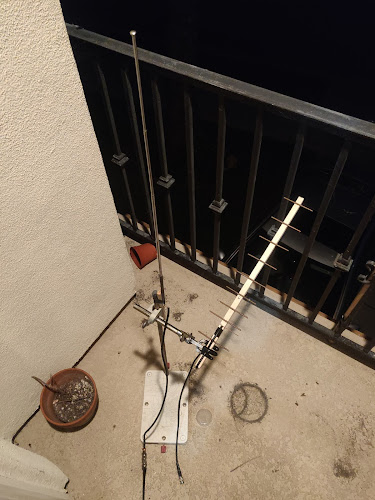SHO Perturbations with Creation and Anihillation Operators
Hello,
In the last post I demonstrated how to compute a perturbation on the harmonic oscillator up to fourth order. In this post we'll do the same thing but using creation and annihilation operators. The eigenvalues obtained with this method are based on diagonalizing an n by n matrix where n is the number of solutions. Since there are an infinite number of solutions the eigenvalues will converge to the true values as the dimension of the matrix increases to infinity. Since we're not going to be diagonalizing the infinite matrix we can only obtain approximate solutions to the perturbed hamiltonian.
A really great resource for this and more examples/examinations of the method can be found here
The creation operator takes the form:
The annihilation operator is defined as:
We generated the above matrices with the following code:
We can then redefine the x operator in terms of our new operators, and use those to form a matrix that represents our perturbed hamiltonian (same perturbation as last time, x^4).
The hamiltonian matrix to dim 5 is:
We can then write a quick function to diagonalize a hamiltonian matrix of dim nmax and perturbation strength lambda.
Thanks,
Alex Krotz







This comment has been removed by a blog administrator.
ReplyDeletePeople who write out their matricies are saints. But I guess mathmatic did it for you... You're not a real physicist until you do it on paper! :P
ReplyDeleteGo for that frosh year krotz room covered in papers aesthetic.
Oh also, is there any particular reason you needed to do this to 4th order?
DeleteNo reason, fourth order was just a convenient stopping point.
ReplyDeleteI was on gradcafe last night and there was this kid that really sounded like you and it led me to wondering, did you apply to any physics programs or even consider it? Atomic physics seems to be your thing.
Delete